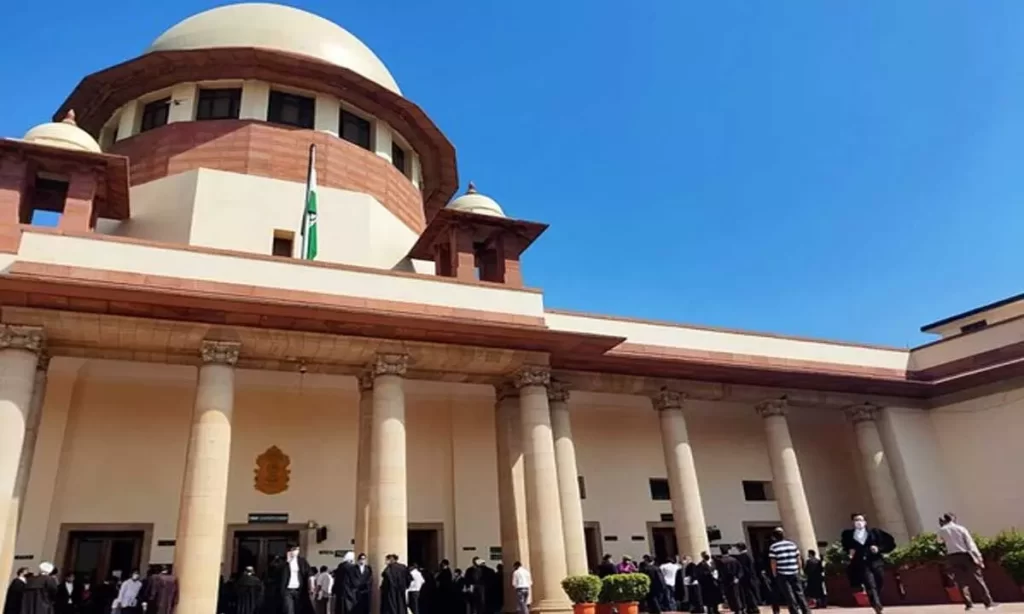Shilpi Nama
On 27th May, 2025, the Supreme Court dismissed appeals against a ruling on the Air Force School’s legal status. It upheld the Allahabad High Court’s ruling that writ petitions by two dismissed teachers were legally untenable under Article 226.
The Bench Comprised of Justice Abhay S. Oka, Justice Augustine George Masih and Justice Ahsanuddin Amanullah. This view was later affirmed by Justice Abhay S. Oka and Justice Augustine George Masih, who agreed with the High Court’s interpretation and dismissed the petitions. However, Justice Ahsanuddin Amanullah dissented, offering a differing legal perspective on the maintainability of the writs.
The dispute involved two teachers employed at a school established by the Indian Air Force (IAF) and run by the Indian Air Force Educational and Cultural Society, an entity registered under the Societies Registration Act. The petitioners argued that the school should be treated as a “public authority” due to its connection with the IAF, thereby making it subject to judicial review under Article 226. The majority of the bench, however, did not accept this characterization.
They argued that the school was built with public funds, was managed under the supervision of the Air Force, and adhered to Air Force pay structures.
The Union of India, represented by Additional Solicitor General Aishwarya Bhati, countered that Air Force Schools are funded through Non-Public Funds, contributed voluntarily by IAF personnel. The schools do not receive government funding, are not under statutory regulation, and staff are hired through private contracts.
A majority panel consisting of Justices Abhay S. Oka and Augustine George Masih affirmed the High Court’s perspective, indicating that the school functions autonomously, is chiefly financed through student fees and welfare funds, and does not incorporate a public law aspect in its employment relations. Relevant precedents, including St. Mary’s Education Society v. Rajendra Prasad Bhargava and Army Welfare Education Society v. Sunil Kumar Sharma, were referenced.edents such as St. Mary’s Education Society v. Rajendra Prasad Bhargava and Army Welfare Education Society v. Sunil Kumar Sharma were cited.
Justice Ahsanuddin Amanullah dissented, arguing that the school’s creation, management by serving IAF officers, and function of providing education—a public duty—brought it within writ jurisdiction. He noted the school was previously described as fully funded by the IAF, with buildings constructed using Defence Ministry-authorized funds, suggesting a public character.
Despite the dissent, the Supreme Court majority dismissed the appeals, affirming the High Court’s ruling.
Case Name – Dileep Kumar Pandey v. Union of India & Ors
Case Number – Civil Appeal No. 10899 of 2013
Bench – Justice Abhay S. Oka, Justice Augustine George Masih and Justice Ahsanuddin Amanullah
Instagram: Click here.
LinkedIn: Click here.
For Collaboration and Business: info.desikaanoon@gmail.com

